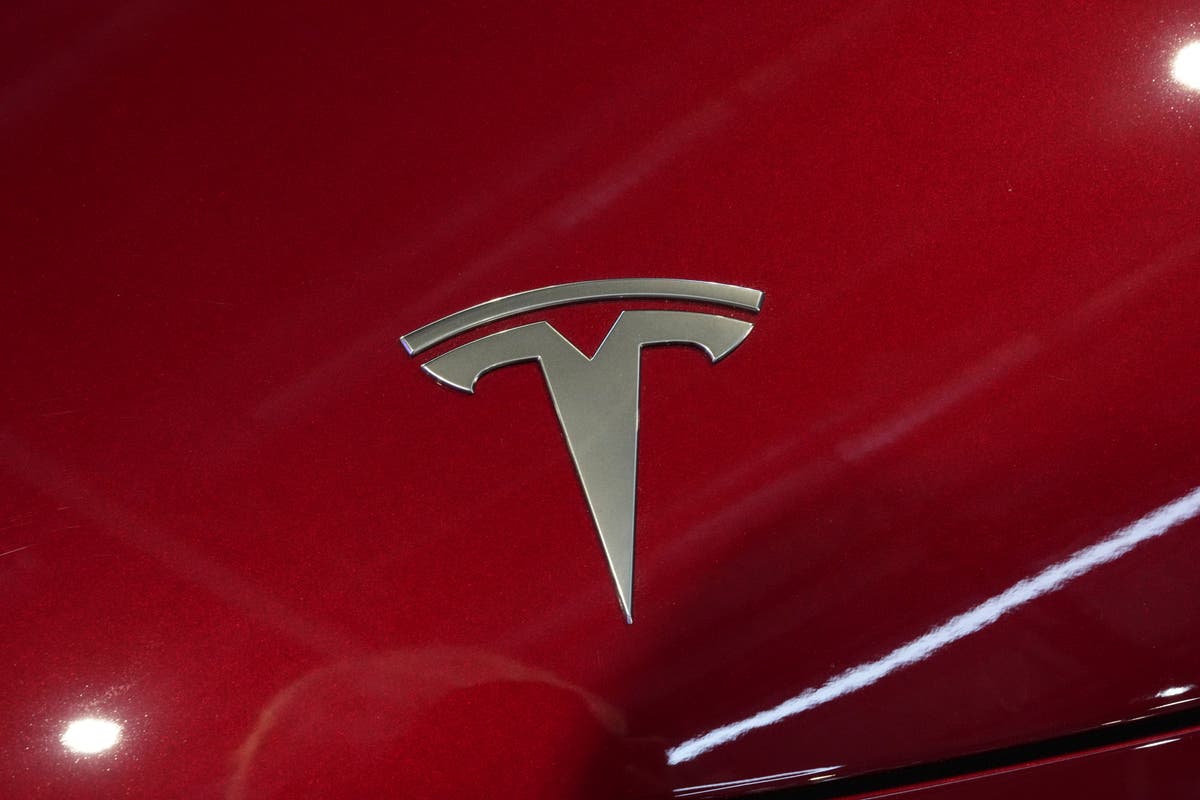Tesla's annual global sales have experienced their first decline in at least nine years, despite a fourth-quarter increase, as demand for electric vehicles slows and competition intensifies. The company's recent sales figures, combined with reduced average selling prices, raise concerns about its upcoming financial results.
The electric vehicle manufacturer delivered 495,570 vehicles in the final quarter of 2023, bringing the total for the year to 1.79 million. This figure, however, falls short of the 1.81 million vehicles sold in 2022, marking a 1.1% decrease. This dip occurred despite various incentives offered by Tesla, including zero-percent financing and discounted leases.
The fourth-quarter sales boost came at the expense of profit margins. Analysts estimate the average selling price of a Tesla vehicle dropped to just over $41,000, the lowest in four years, which has raised concerns about Tesla's fourth-quarter earnings, scheduled to be announced on January 29th. This price reduction was a response to sluggish sales early in the year that led to unprecedented discounts, impacting the company's profitability.
Tesla's challenges are partly due to an aging model lineup and intensified competition in key markets such as China, Europe, and the U.S. Furthermore, in the U.S., demand has decreased with many early adopters already owning electric vehicles and others are concerned about range, price, and the availability of charging stations.
These factors contributed to the company missing Wall Street's sales estimates for the fourth quarter, which had expected sales of 498,000 vehicles. Following the news, Tesla shares fell nearly 7% on Thursday, though they remain over 50% higher than a year ago, due in part to speculation about policy changes expected under the Trump administration.
Despite the decline, some analysts maintain a positive outlook for Tesla's stock, highlighting the company's position as a disruptive technology player, not just a car manufacturer. However, others have expressed concerns about the need for further discounting, which could weigh on future financial performance.
In terms of models, the majority of Tesla's sales were for the less expensive Model 3 and Model Y. The higher-priced Models X and S and the new Cybertruck accounted for a significantly smaller proportion of sales. Additionally, Tesla's global electric vehicle sales narrowly surpassed those of its Chinese rival BYD.
While Tesla's annual production of 1.77 million units was below the sales figure of 1.79 million, the company remains a dominant player in the electric vehicle sector, yet faces increasing challenges in a rapidly changing market.







